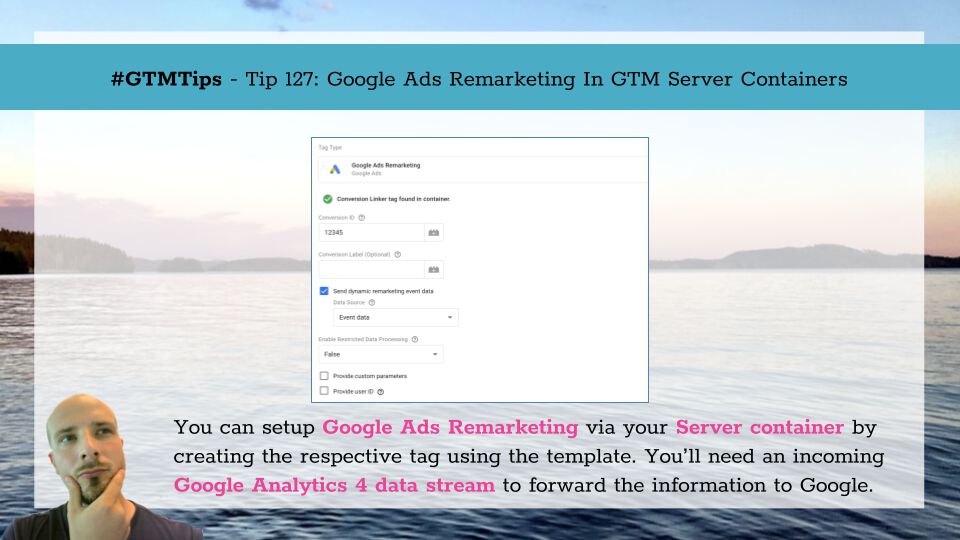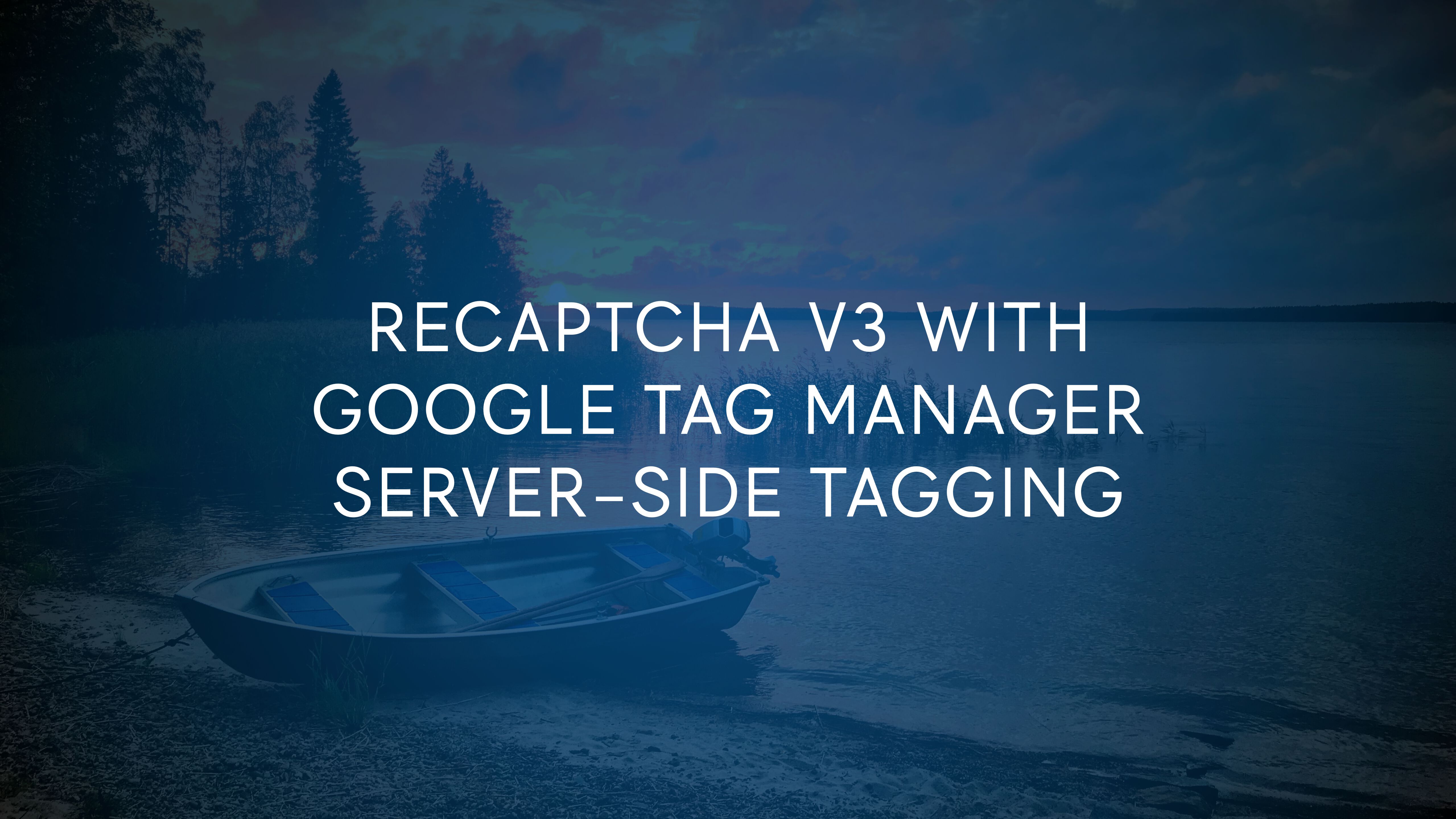For many, it seems, one of the most important justifications for server-side Google Tag Manager is its resilience to ad and content blockers. After all, by virtue of serving the container JavaScript from your own domain, you escape many of the heuristic devices today’s blocker technologies employ.
Well, I’ve gone on record over and over again to say how this is poor justification for using server-side GTM. By circumventing the user’s wish to block scripts, you are disrespecting them and forcing their browser to download scripts that they wanted to avoid downloading in the first place.






